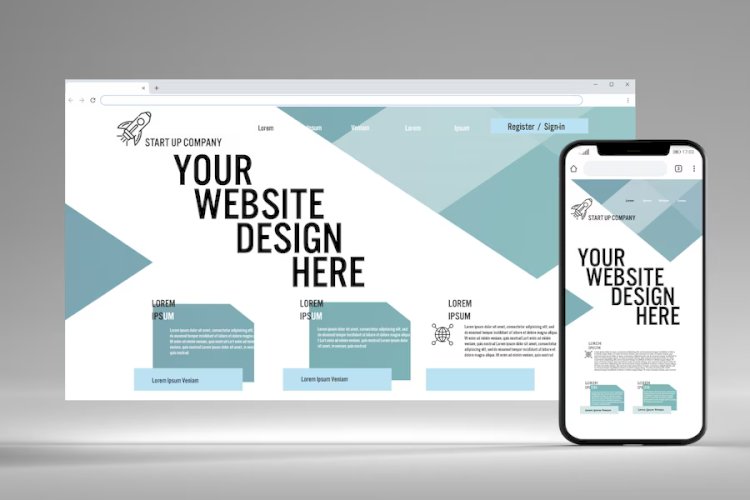Top 5 Mistakes to Avoid in Making a Mockup
Check out the Top 5 Mistakes in Making a Mockup that will help you to critically evaluate your idea and hone it even further.

Mockups are a critical part of the design process. They allow designers to create a visual representation of their ideas and present them to clients or stakeholders. However, there are common mistakes that designers make when creating mockups that can negatively impact the design process. In this article, we will discuss the top 5 mistakes to avoid when making a mockup.
Failing to Define the Purpose of the Mockup
One of the biggest mistakes designers make when creating a mockup is failing to define the purpose of the mockup. A mockup is not just a static representation of a design; it should serve a specific purpose. For example, a mockup might be used to test different layout options or to show how a design will look on different devices.
When creating a mockup, it is important to define the purpose of the mockup from the outset. This will help to ensure that the mockup is designed with a specific goal in mind, rather than just being a visual representation of the design.
Ignoring the User Experience
According to Stefano Contini, Project Manager, Simpalm, "Another common mistake designers make when creating mockups is ignoring the user experience (UX). The UX is critical to the success of any design, as it determines how users interact with the product or service."
When creating a mockup, it is important to consider the UX and ensure that the design is user-friendly. This might include paying attention to the placement of elements on the page, the size of text and images, and the overall flow of the design.
Ignoring the UX can lead to a design that is difficult to navigate or confusing for users, which can ultimately undermine the success of the project.
Ignoring Branding Guidelines
Branding guidelines are an essential part of any design project. They provide a set of rules for how the brand should be presented, including the use of logos, colors, and typography.
When creating a mockup, it is important to follow the branding guidelines provided by the client. This will help to ensure that the mockup accurately represents the brand and will be approved by the client.
Ignoring branding guidelines can lead to a mockup that is not consistent with the brand identity, which can ultimately damage the credibility of the brand.
Using Placeholder Content
According to Harsh Kashiwal, a Web development Enthusiast, "Placeholder content, such as lorem ipsum text or stock images, can be useful when creating a mockup. However, it is important to remember that placeholder content is not the final content that will be used in the design."
Using placeholder content can lead to a design that is not optimized for the final content. For example, using placeholder text that is shorter or longer than the final content can lead to a design that does not properly accommodate the final text.
When creating a mockup, it is important to use real content as much as possible. This will help to ensure that the design is optimized for the final content and will accurately represent the finished product.
Failing to Test the Mockup
Finally, one of the biggest mistakes designers make when creating a mockup is failing to test the design. Testing is an essential part of the design process, as it helps to identify any issues or problems with the design before it is finalized.
When creating a mockup, it is important to test the design on different devices and screen sizes, as well as with different users. This will help to identify any usability issues or design problems that need to be addressed before the final design is created.
Failing to test the mockup can lead to a design that does not meet the needs of the client or the users, which can ultimately undermine the success of the project.
Conclusion
Creating a mockup is an essential part of the design process. To ensure a successful design, it is important to avoid common mistakes such as not defining the purpose of the mockup, failing to consider the user experience, ignoring branding guidelines, using placeholder content, and not testing the mockup. By avoiding these mistakes, designers can create mockups that accurately represent their design concepts and meet the needs of their clients and users.
Share
What's Your Reaction?
 Like
0
Like
0
 Dislike
0
Dislike
0
 Love
0
Love
0
 Funny
0
Funny
0
 Angry
0
Angry
0
 Sad
0
Sad
0
 Wow
0
Wow
0













